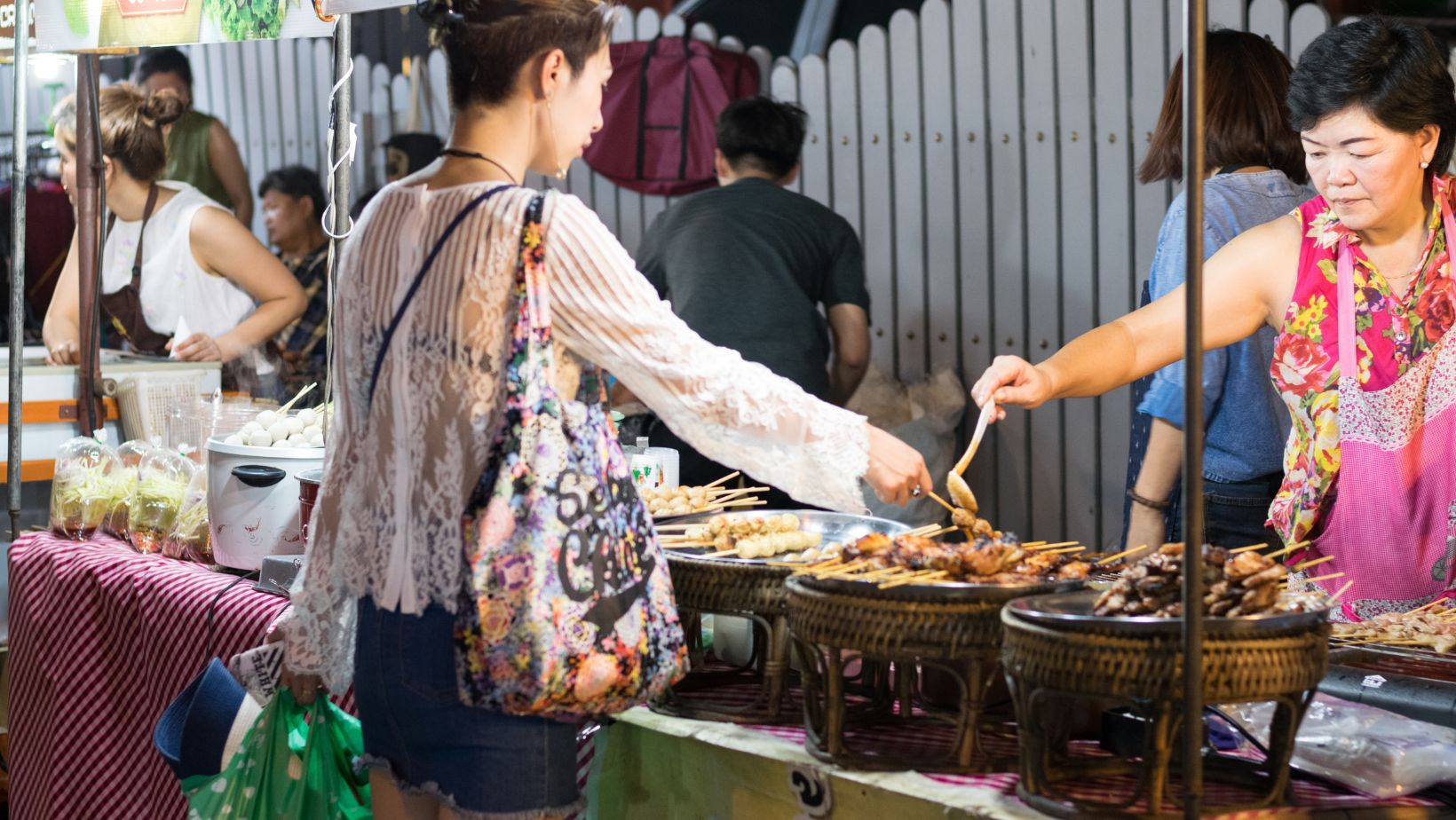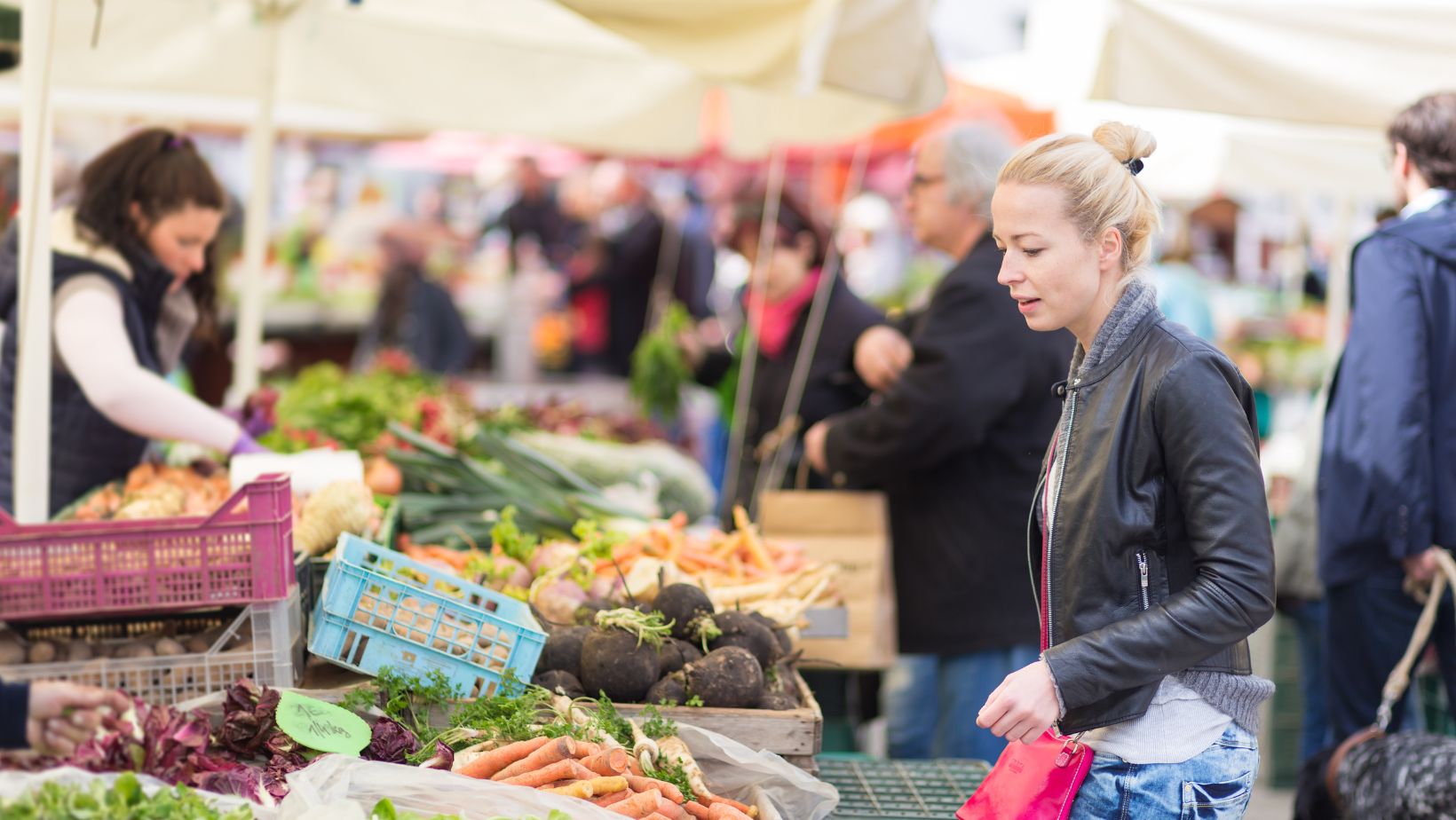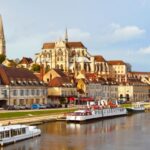
Our health isn’t shaped in isolation. Each local environment, culture, daily routine, and lifestyle choice we encounter leaves its mark. From what’s on our plates to how we move through our community, local factors weave together a complex matrix that can either support or undermine our wellbeing. From diet to social engagement, let’s explore how these choices directly influence outcomes like chronic disease, mental health, and longevity.
Nutrition Patterns Driven by Local Foods
Where you live plays a powerful role in what you eat. Local markets and food traditions deeply impact your access to fresh produce, proteins, and pantry staples, and understanding when options like frozen seafood offer equal or even superior nutritional value can help people make smarter, health-focused choices. This is especially important in communities where fresh catch isn’t always accessible, making frozen selections a reliable and nutrient-preserving alternative for maintaining a balanced diet. For instance:
- Seasonal, regionally grown produce boosts intake of vitamins, minerals, and antioxidants. These nutrients can help reduce risks of chronic illnesses like heart disease and diabetes.
- Local farming traditions, not just modern supermarkets, often shape cooking styles. For example, a coastal community may favor fish and seafood options rich in omega-3s, while inland regions might rely on legumes, grains, or fermented foods high in probiotics.
- Communities with strong food cultures often foster shared meals or marketplaces. Such environments encourage mindful eating, reduce reliance on ultra-processed foods, and support social bonds, all of which enhance metabolic and emotional wellbeing.
Understanding local nutrition patterns empowers individuals and health professionals to advocate for dietary shifts that resonate culturally and practically.
Lifestyle Habits Rooted in Community Environments
Beyond food, daily rhythm and lifestyle habits are also deeply shaped by local context, like social norms, geography, infrastructure, and access to services. For example:
- Physical activity is influenced by local walkability, parks, bike paths, and recreational facilities. In pedestrian-friendly towns, people tend to walk or cycle more, boosting cardiovascular health without needing formal exercise routines.
- Social infrastructure, such as community centers, group clubs, markets, or faith-based groups, offers vital support networks. Regular social connection improves mental health, buffers stress, and supports healthy behaviors more gently and sustainably.
- Local wellness resources, such as clinics, wellness educators, or even accessible health-supportive services like mindfulness or nutrition workshops, can empower residents to make healthier choices, personalized to local habits and challenges.

In shaping healthier lives, these lifestyle foundations often surpass medical interventions in their long-term impact. At the same time, some cutting-edge medical resources, such as regenerative medicine, can complement, not replace, healthy habits. That’s why institutions like Auragens stem cell institute, which specialize in cell-based therapies, are exploring how advanced treatments may enhance recovery, reduce inflammation, and support vitality when paired with community-based lifestyle strategies. By recognizing both local context and emerging medical science, communities and individuals can tap into a fuller, more balanced approach to long-term wellbeing.
Environmental & Cultural Influences on Health
Local geography and culture shape health in myriad ways:
- Environmental factors play a significant role in respiratory health, stress levels, and physical activity patterns.
- Cultural values and norms, including attitudes toward rest, family time, work-life balance, and preventative care, influence how people prioritize health within busy lives. For example, some cultures integrate therapeutic practices like community saunas, herbal remedies, or multigenerational support, adding depth and resilience to modern wellness strategies.
By mapping these environmental and cultural landscapes, communities can tailor public health initiatives or individual interventions to align with local values and practical realities.
Weaving Lifestyle, Community, and Health Together
Local lifestyle choices aren’t just personal; they’re deeply communal. Health flourishes when people draw strength from their environment, through food traditions, accessible infrastructure, social bonds, and cultural resilience. At the same time, bridging these local foundations with advanced medical insights opens new pathways toward sustained energy, recovery, and vitality.
By acknowledging where we live and what we value, and pairing that with innovative health strategies, we can design a richer, more integrated approach to lifelong wellness.






